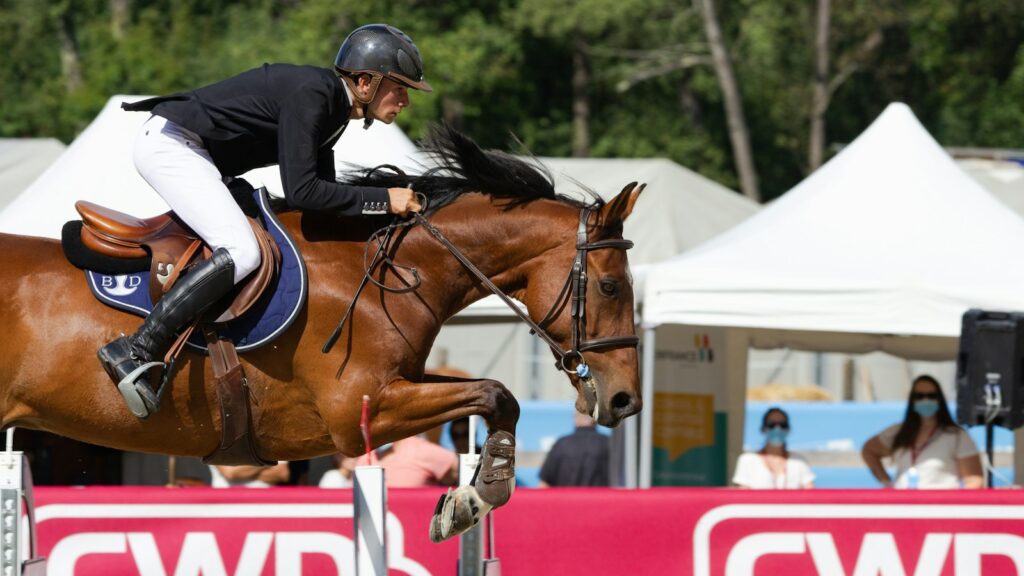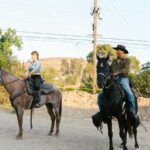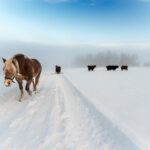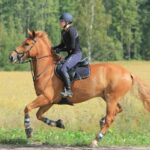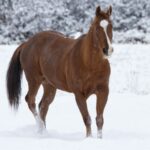Horse jumping represents a fascinating blend of athleticism, precision, and partnership between human and equine. This complex sport draws on principles of physics, biomechanics, and psychology while requiring technical skill and communication from both horse and rider. Whether you’re an amateur enthusiast or aspiring professional, understanding the science behind successful jumping can dramatically enhance your performance. In this comprehensive guide, we’ll explore the fundamental mechanics of horse jumping and provide evidence-based strategies to help you and your equine partner clear obstacles with greater confidence and efficiency.
The Physics of Equine Flight
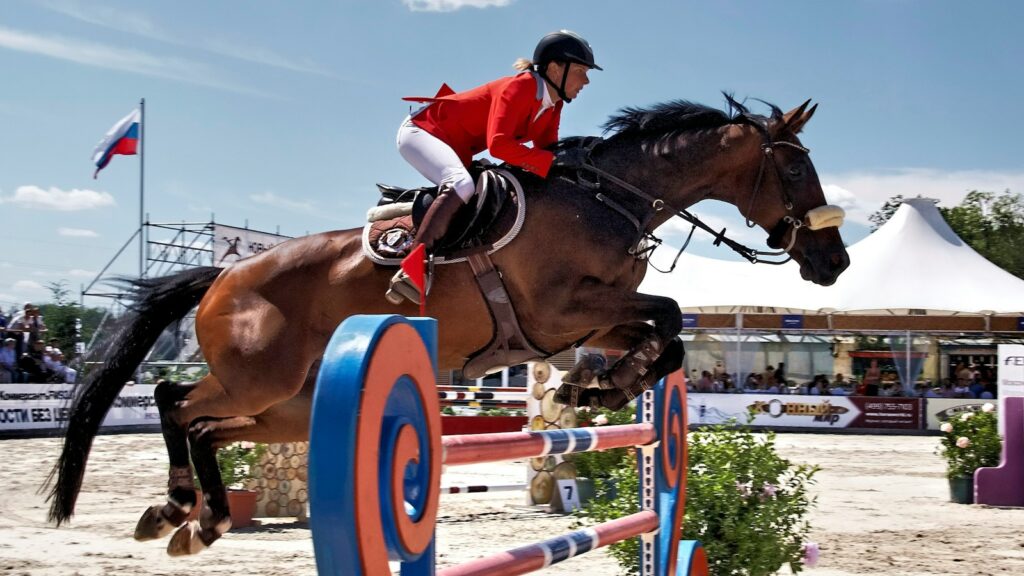
Every successful jump represents a carefully orchestrated dance with gravity and momentum. When approaching a jump, horses convert horizontal momentum into vertical lift through a complex sequence of biomechanical adjustments. The process begins with the approach, where the horse gathers energy by engaging its hindquarters and shifting its center of gravity. This stored energy gets released during takeoff as the horse pushes against the ground, creating the necessary upward force to clear the obstacle. Physics dictates that the horse’s trajectory follows a parabolic arc, with the apex ideally positioned directly over the jump. Understanding this predictable flight path enables riders to better anticipate how to support their horse throughout the jumping process and maintain the delicate balance required for successful obstacle clearance.
Biomechanics of the Jumping Horse
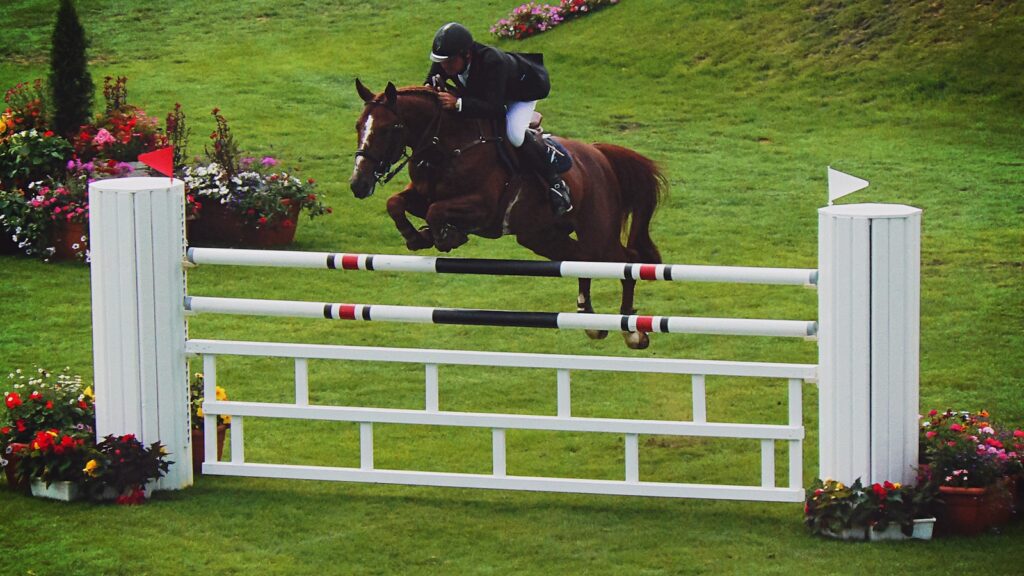
A horse’s natural anatomy has evolved for efficient locomotion across open terrain, but jumping requires specialized biomechanical adaptations. During a jump, horses undergo a precise sequence of limb movements and weight shifts. The hindquarters provide the primary propulsive force, with powerful gluteal and hamstring muscles generating the thrust needed for elevation. Simultaneously, the forelegs fold tightly against the body in a motion called “bascule,” creating a rounded arc that allows efficient clearance of obstacles. The horse’s back and neck muscles work in coordination to lift the forehand and balance the body throughout the jumping arc. Elite jumping horses typically possess favorable conformational traits including strong, angled hindquarters, well-developed back muscles, and appropriately angled shoulders that facilitate this complex movement pattern.
The Psychology of Horse Jumping
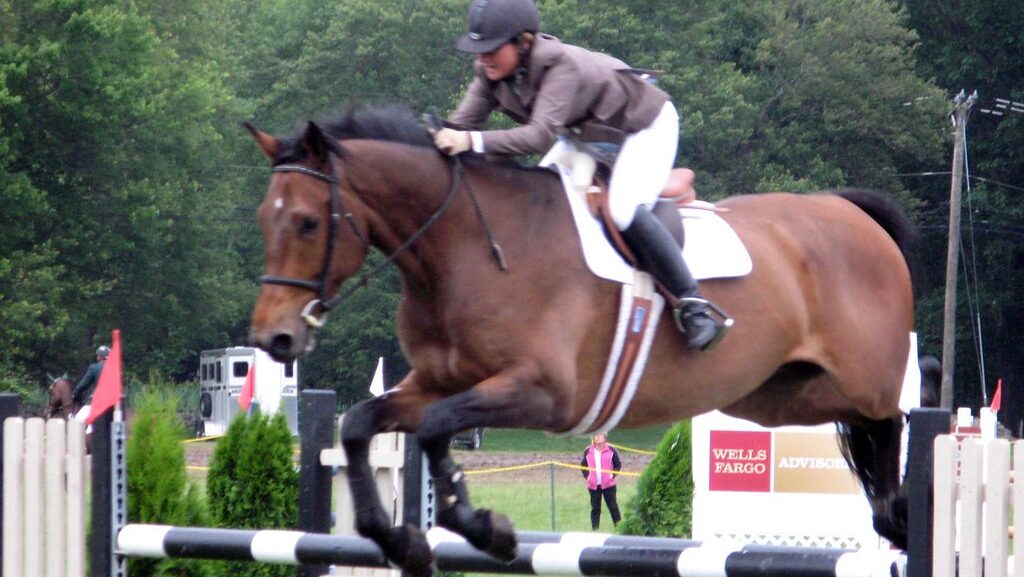
Beyond the physical aspects, successful jumping relies heavily on psychological factors for both horse and rider. Horses must possess natural courage and confidence to willingly approach and clear obstacles that might trigger their instinctual flight response. Trust between horse and rider forms the foundation of this confidence, as the horse learns to rely on the rider’s guidance when facing challenging jumps. Training progressively builds this psychological resilience through positive experiences and consistent handling. Research has demonstrated that horses develop mental maps of jumping courses, anticipating upcoming obstacles and preparing their bodies accordingly. Understanding and nurturing your horse’s psychological approach to jumping is equally important as developing their physical capabilities, as fear or anxiety can override even the most athletically capable jumper.
Rider Biomechanics and Balance
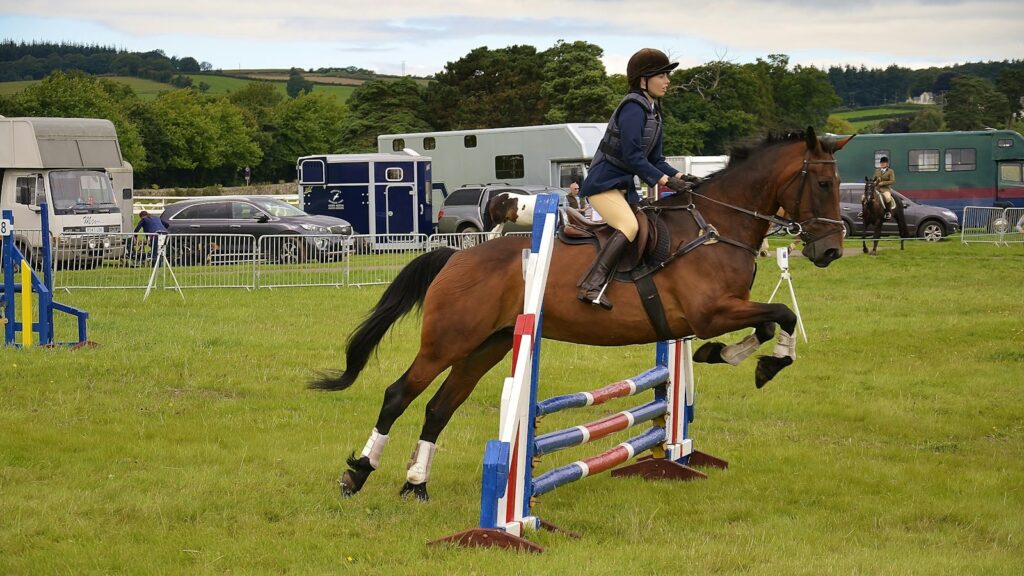
The rider’s position and biomechanics play a crucial role in successful jumping by either enhancing or impeding the horse’s natural movement. An effective jumping position allows the rider to remain in balance with the horse throughout all phases of the jump while minimizing interference with the horse’s movement. During the approach, the rider adopts a balanced, slightly forward position with weight distributed evenly in the stirrups. As the horse takes off, the rider’s upper body folds forward from the hip, maintaining a straight line from elbow to bit through the reins. This “release” gives the horse freedom to use its neck and back properly. Landing requires the rider to absorb the impact through flexible ankles, knees, and hips while quickly reestablishing contact for the next stride or obstacle.
The Science of Stride Patterns
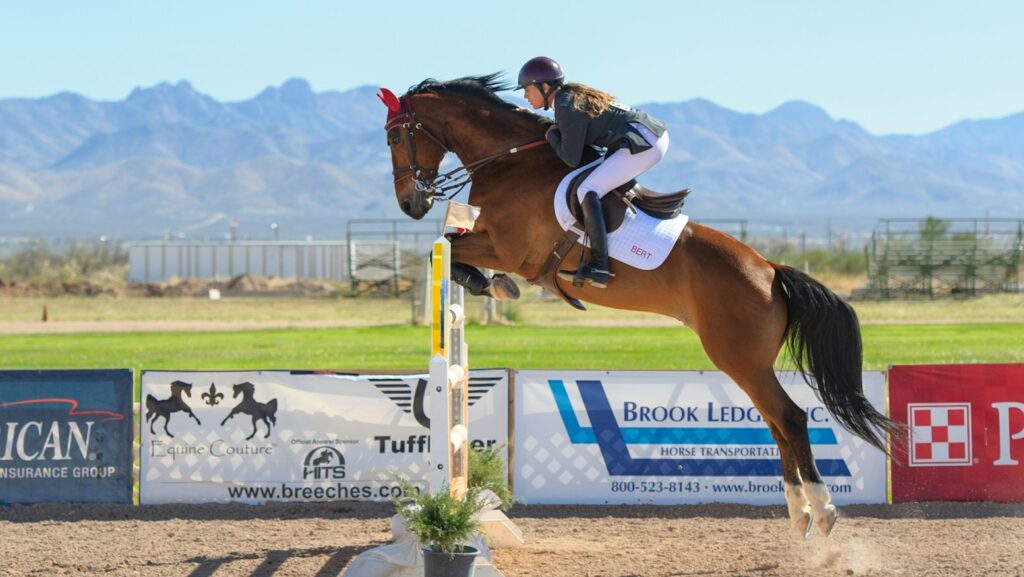
Developing an understanding of stride patterns represents one of the most technical aspects of successful jumping. Horses move most efficiently when allowed to take off at the optimal distance from the jump – typically about 5-7 feet depending on the horse’s size and the jump’s height. This distance allows the horse to push off powerfully with its hindquarters while maintaining proper balance. Riders must learn to recognize and adjust stride length on approach, either collecting (shortening) or extending to arrive at this ideal takeoff point. Scientific research using slow-motion video analysis has demonstrated that consistent stride patterns correlate strongly with clean jumping rounds. Elite riders develop an almost intuitive sense of these distances through thousands of hours of practice, allowing them to make split-second adjustments that position their horses optimally for each jump.
Nutritional Science for the Jumping Horse
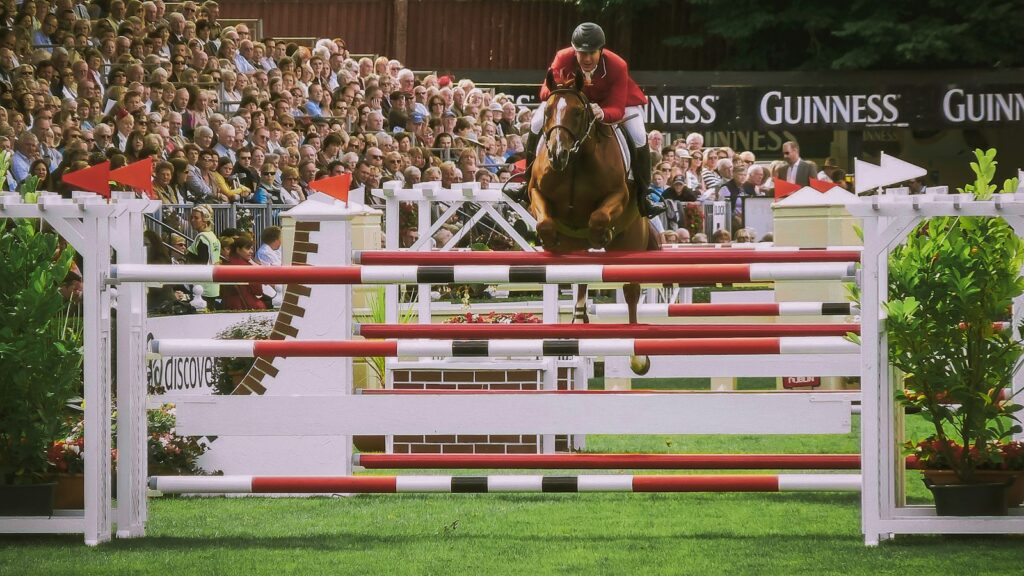
Proper nutrition forms the foundation of a jumping horse’s physical capabilities and significantly impacts performance. Jumping places substantial demands on a horse’s muscular and skeletal systems, requiring tailored nutritional support. Research has established that jumping horses benefit from diets rich in quality forage supplemented with appropriate concentrates to provide sufficient energy without excess weight that could strain joints. Particular attention should be paid to protein quality to support muscle development and repair, while micronutrients like calcium, phosphorus, and vitamin E play crucial roles in bone strength and muscle function. Many performance horses also benefit from supplementation with joint-supporting compounds such as glucosamine, chondroitin, and omega-3 fatty acids to maintain cartilage health under the repetitive impact of jumping. A nutrition plan designed with input from an equine nutritionist can optimize your horse’s jumping capacity and extend their competitive career.
Conditioning Programs Based on Exercise Physiology
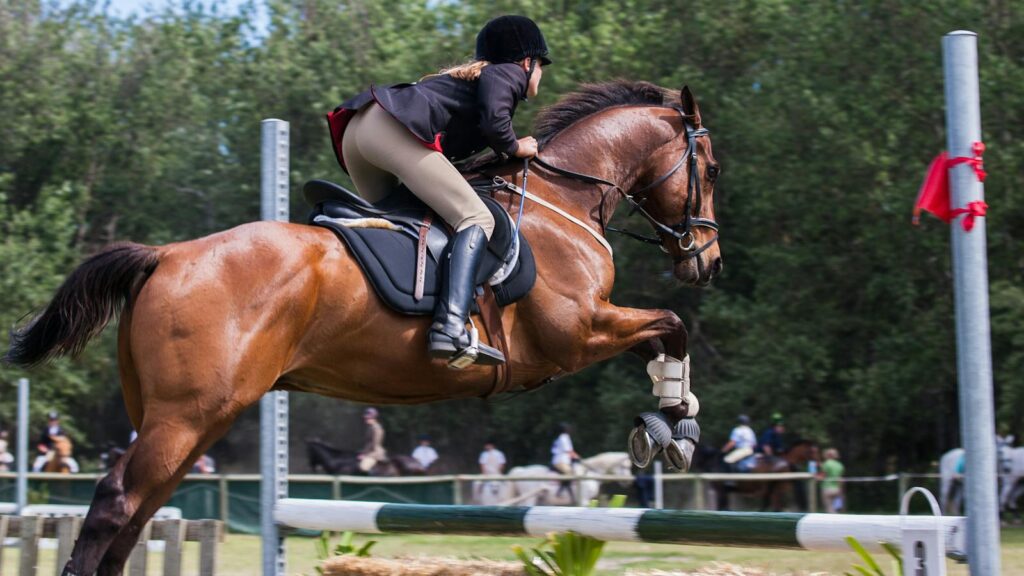
Scientific understanding of equine exercise physiology has revolutionized conditioning programs for jumping horses. Effective conditioning targets multiple body systems including the cardiovascular system, muscular strength, proprioception, and coordination. Interval training has been shown to efficiently build cardiovascular capacity by alternating periods of intense effort with recovery phases. Hill work strengthens the hindquarters specifically, developing the muscles most critical for generating jumping power. Proprioceptive training using ground poles and cavaletti improves the horse’s awareness of foot placement and body position. Research indicates that varied conditioning programs prevent adaptation plateaus and reduce injury risk compared to monotonous exercise regimens. Most importantly, conditioning must progress gradually, allowing the horse’s musculoskeletal system sufficient time to strengthen in response to increasing demands.
Equipment Science and Technology
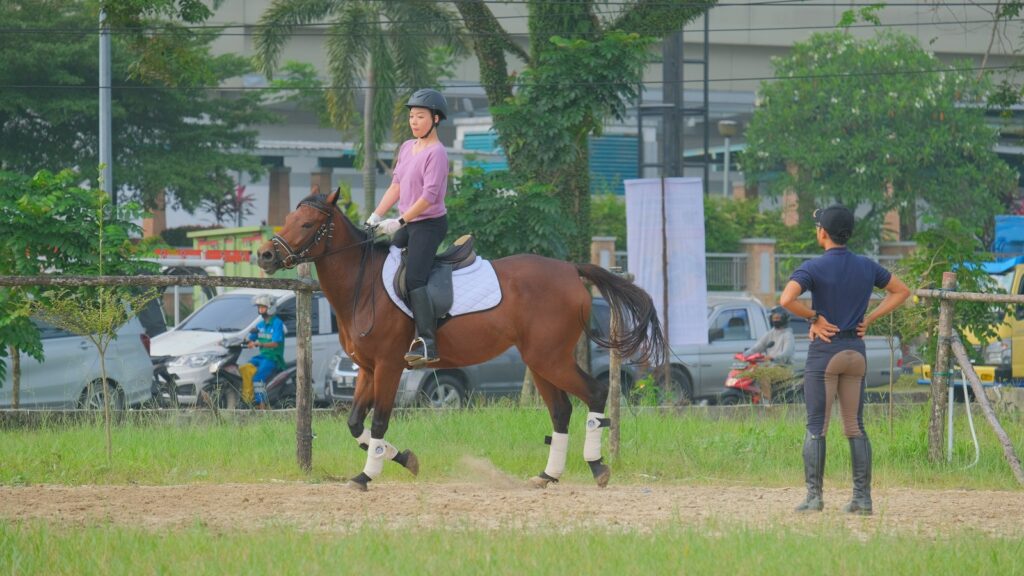
Advances in materials science and biomechanical research have transformed jumping equipment, enhancing both performance and safety. Modern saddles feature tree designs that distribute weight more evenly across the horse’s back while providing the close contact needed for precise communication. Sophisticated bit designs leverage principles of pressure and leverage to improve control with minimal force. Protective boots utilize impact-absorbing materials that shield tendons and ligaments without restricting movement. Even jump construction has evolved, with safety cups and breakaway technology reducing the risk of rotational falls – one of the sport’s most dangerous accidents. When selecting equipment, riders should prioritize proper fit and function over fashion, as ill-fitting tack can significantly impair jumping performance and potentially cause pain or injury.
The Role of Ground Schooling
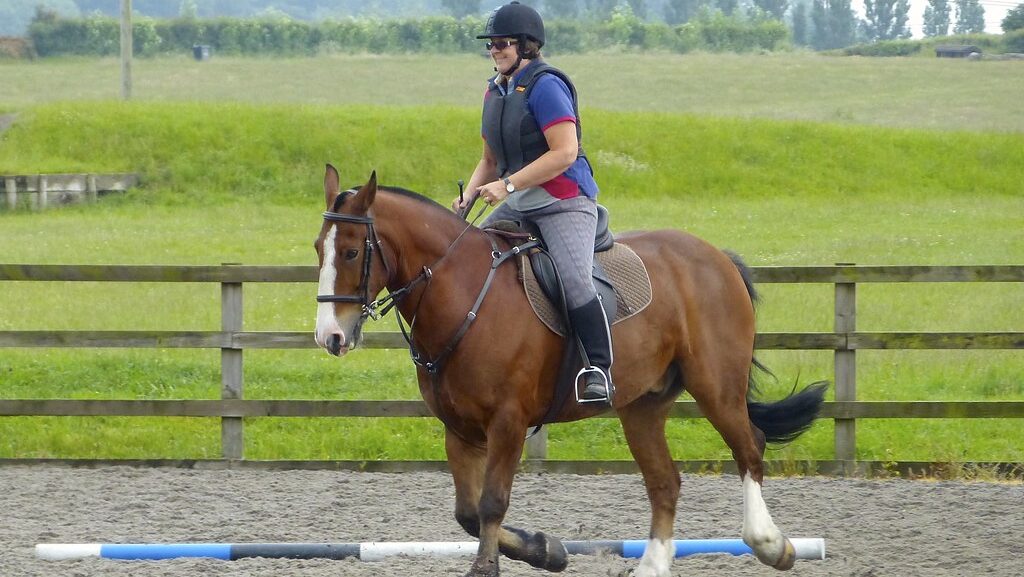
Ground schooling exercises represent the foundation of advanced jumping training, developing essential skills before adding the complexity of a rider. Lunging over ground poles and small jumps allows the horse to develop balance and rhythm without carrying rider weight. Free jumping through carefully designed chutes encourages horses to find their own balance and develop confidence over larger obstacles. These sessions also allow trainers to observe the horse’s natural jumping style without interference. Research demonstrates that young horses developed through methodical ground schooling programs tend to show greater confidence and cleaner technique when transitioning to jumping under saddle. Additionally, regular ground schooling provides valuable cross-training for established jumpers, reinforcing correct biomechanics while reducing the physical and mental stress of always jumping with a rider.
Progressive Training Methodologies
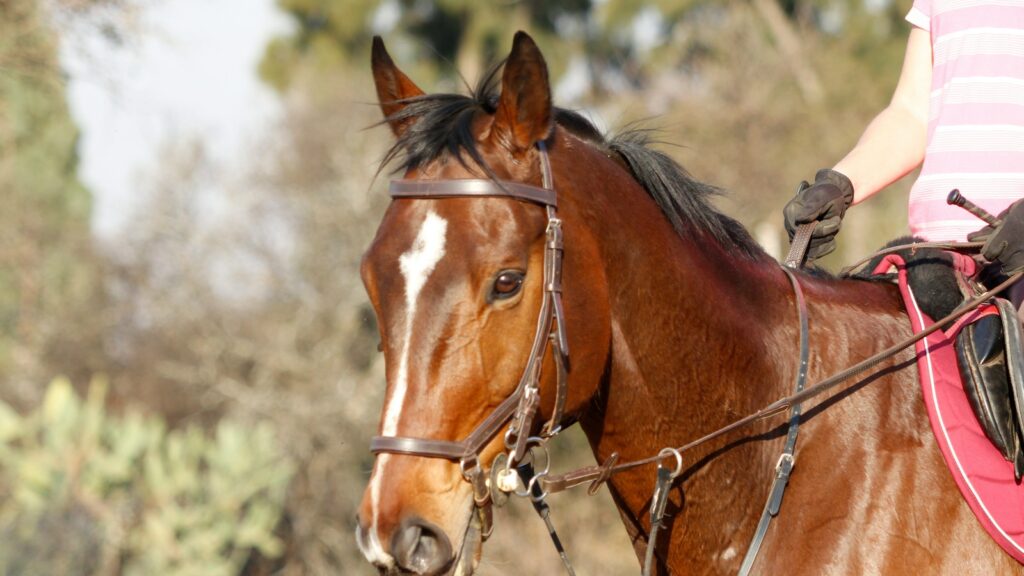
Modern jump training draws on learning theory and behavioral science to develop systematic progression plans. Effective training builds on the horse’s natural abilities while gradually introducing new challenges at a pace that builds confidence rather than creating anxiety. The classical training scale – rhythm, relaxation, connection, impulsion, straightness, and collection – provides the fundamental building blocks for successful jumping. Research in equine cognition suggests that horses learn most effectively through clear, consistent communication and positive reinforcement. Training sessions should incorporate variety while maintaining predictable patterns that allow horses to anticipate and prepare for exercises. Most importantly, training should respect the individual horse’s physical and mental development timeline, as rushing the process typically results in gaps in understanding that manifest as behavioral or performance issues later.
Mental Preparation for Riders
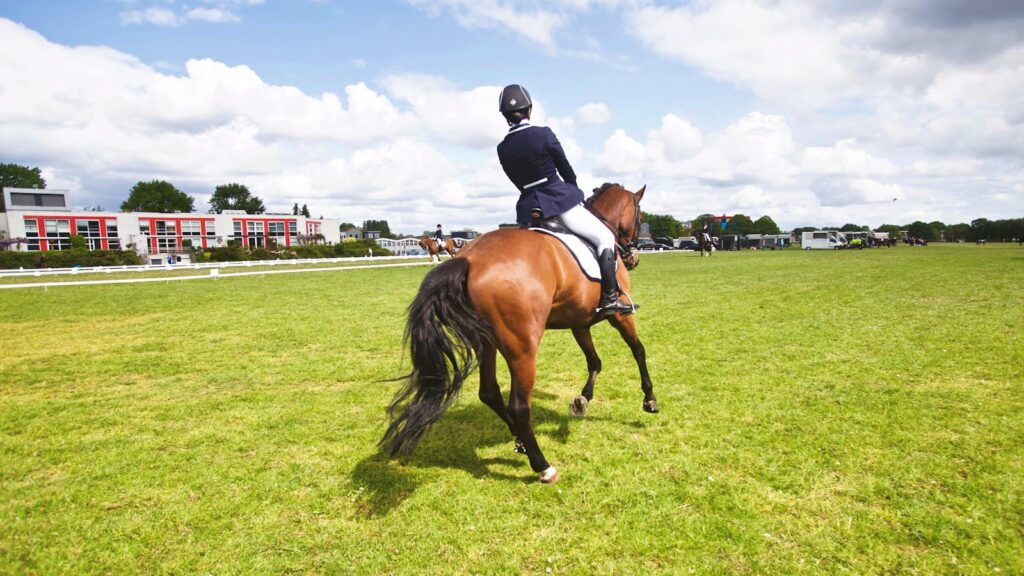
The psychological dimension of horse jumping extends beyond the horse to encompass the rider’s mental state. Sports psychology research demonstrates that visualization techniques, where riders mentally rehearse successful jumping rounds, can significantly improve actual performance by strengthening neural pathways associated with correct riding actions. Developing consistent pre-competition routines helps riders achieve optimal arousal levels, as both excessive nervousness and insufficient focus can impair performance. Mindfulness practices enable riders to remain present during their rounds, responding to what’s happening rather than becoming distracted by mistakes or future obstacles. Many elite riders work with sports psychologists to develop personalized mental strategies for maintaining focus under pressure. Just as physical skills require consistent practice, these mental techniques must be regularly exercised to be effective in competition settings.
Video Analysis and Technology
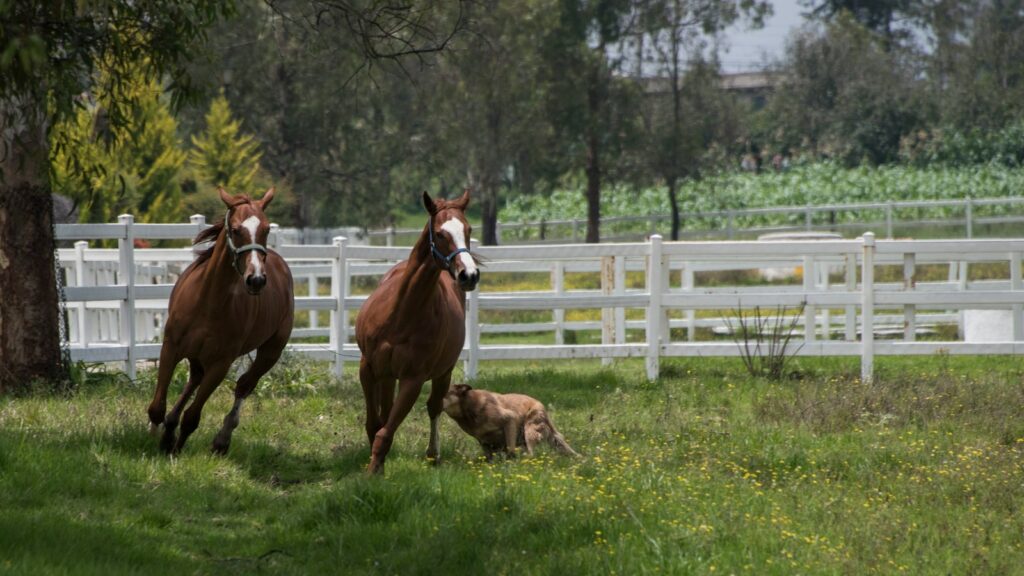
Technological advances have revolutionized jumping instruction through tools that provide objective feedback on aspects of performance previously assessed only subjectively. Slow-motion video analysis allows riders to examine specific moments in the jumping sequence that occur too quickly for real-time observation. Wearable sensors can track parameters like stride length, takeoff angles, and landing forces, providing data to optimize training and reduce injury risk. Virtual reality systems are even being developed to allow riders to practice course planning and decision-making without physical fatigue. For amateur riders without access to sophisticated technology, even basic smartphone video recording can provide valuable insights when reviewed systematically. Establishing a regular schedule of recording and analyzing your jumping sessions can accelerate improvement by identifying patterns and issues not apparent during the ride itself.
Building a Comprehensive Improvement Plan
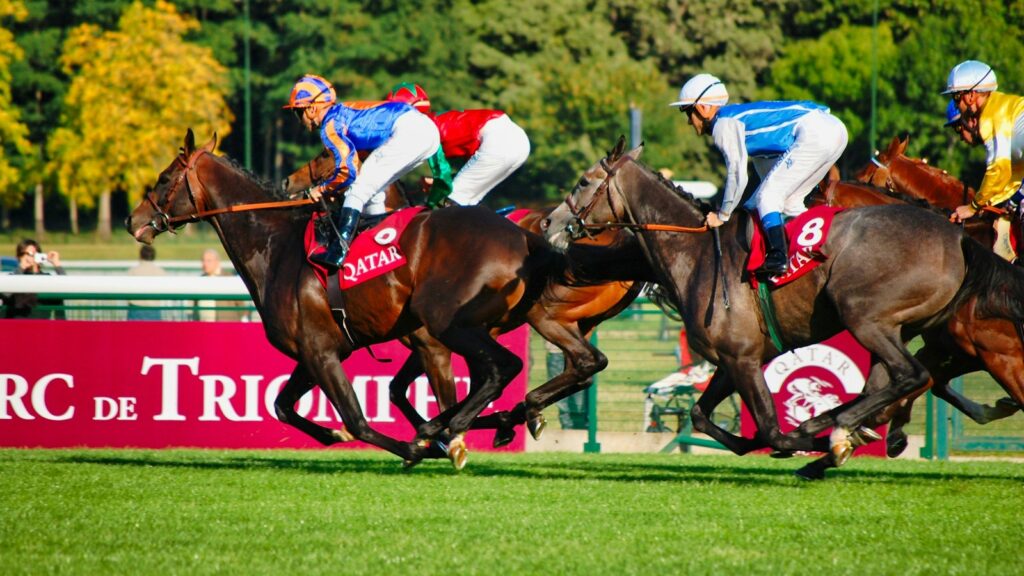
Synthesizing scientific understanding with practical application requires developing a structured improvement plan customized to your specific goals and current abilities. Begin by establishing baseline measurements of your current performance using video recording or professional assessment. Set specific, measurable objectives rather than vague goals – for example, “improve takeoff distance consistency over 3’0″ oxers” rather than simply “jump better.” Prioritize addressing fundamental issues before tackling advanced challenges, as weakness in basics will inevitably limit progress in more complex areas. Schedule regular reassessment points to track progress and adjust your plan accordingly. Research consistently shows that deliberate practice – focused work on specific skills with immediate feedback – produces faster improvement than simply accumulating jumping hours without strategic direction. Remember that significant improvement typically follows a non-linear pattern, with apparent plateaus often preceding breakthrough moments.
The Science of Horse Jumping
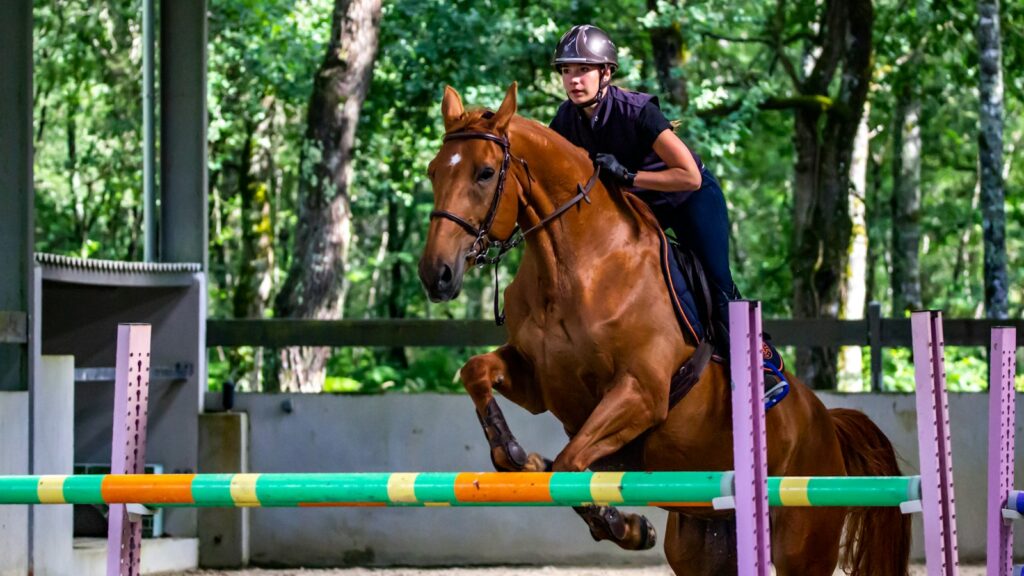
Mastering the art and science of horse jumping represents a lifelong journey of discovery and refinement. By understanding the physics, biomechanics, and psychology underlying successful jumping, riders can develop training approaches that work with, rather than against, natural equine movement patterns. Implementing evidence-based strategies for physical conditioning, skill development, and mental preparation creates a comprehensive foundation for improved performance. Remember that the most beautiful and effective jumping emerges from the harmonious partnership between horse and rider – a relationship built on mutual trust, clear communication, and respect for the science that underlies this remarkable athletic achievement.

